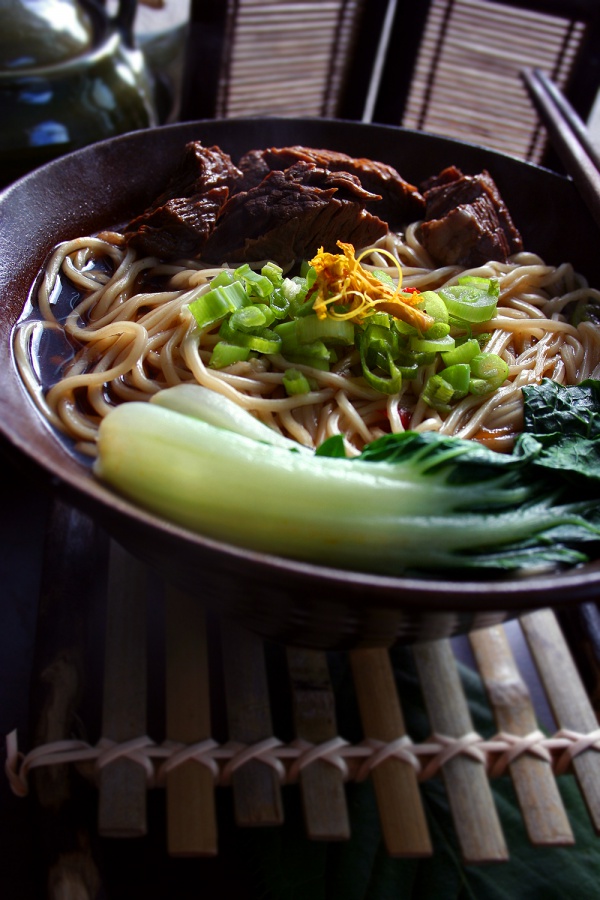Facts About Beef noodle soup
Beef noodle soup is a much-loved dish across East and Southeast Asia, boasting a variety of regional variations that make it distinct. One iconic version is the Clear Broth Beef Noodle Soup, also known as Lanzhou beef noodle soup, which is believed to have originated with the Hui people during the Tang dynasty. Another popular variant is the Sichuan beef noodle soup, also referred to as Red-braised beef noodle soup. This rendition was first made by Kuomintang veterans in Taiwan and is widely recognized today as Taiwanese beef noodle soup.
In North America, beef noodle soup can be found in numerous Chinese and Taiwanese restaurants. In Mainland China, it is frequently enjoyed as a complete meal. Taiwanese beef noodles are often accompanied by side dishes such as braised dried tofu or pork intestine, which provide additional layers of flavor.
In Taiwan, beef noodles are so cherished that they are considered a national dish. Taipei even hosts an annual Beef Noodle Festival where chefs compete to create the finest beef noodles. This Taiwanese variant gained popularity due to immigrants from mainland China who arrived in the early 1900s.
There are numerous variations of beef noodle soup, often distinguished by the type of beef used, such as shank, brisket, or tendon. The soup itself can be prepared in two primary ways: clear broth or braised. The clear broth version is lighter and frequently made with halal meat, while the braised version is richer and cooked with soy sauce.
Similar dishes can be found across Asia and beyond. In Thailand, there is kuaitiao nuea pueay; in Vietnam, there are Bò Kho and Pho. The Philippines enjoys Beef Mami, and in New Orleans, Yaka mein is a popular beef noodle soup featured in Chinese restaurants.
